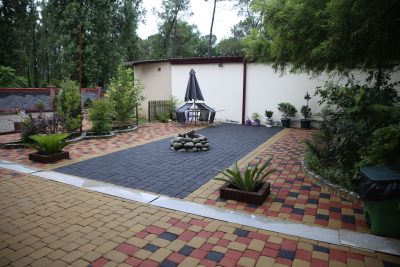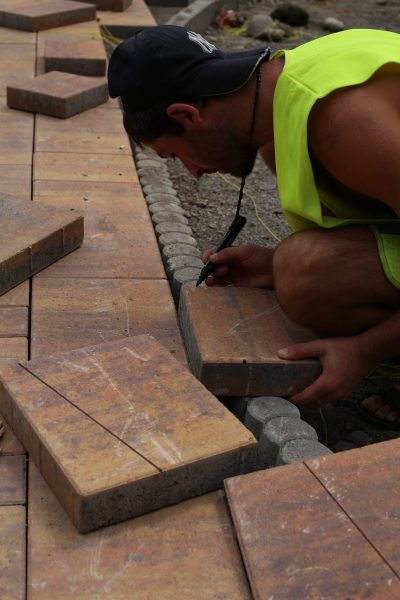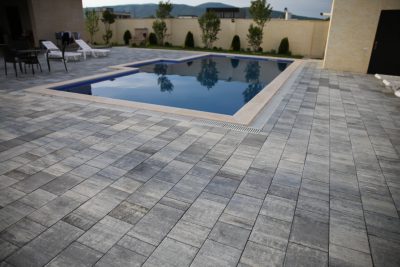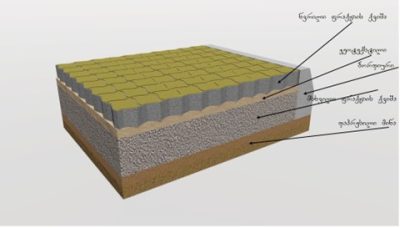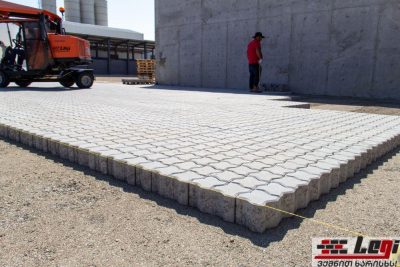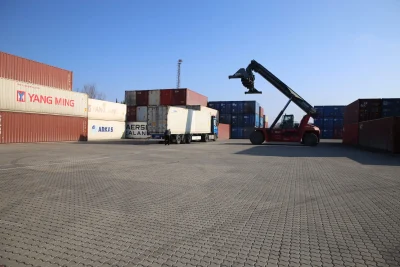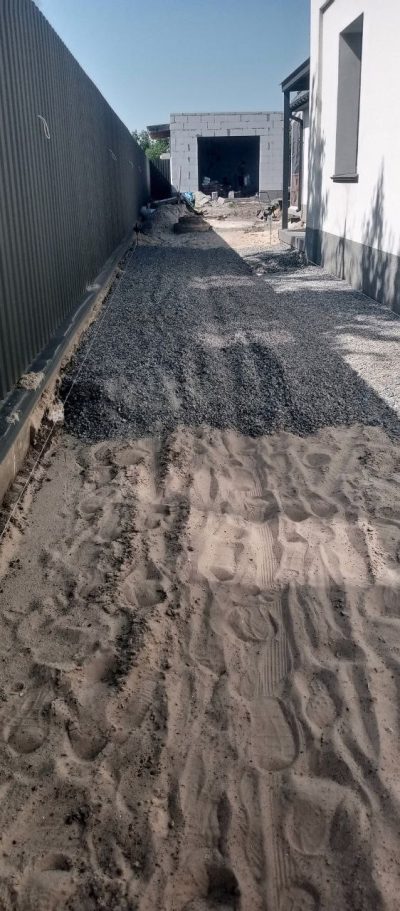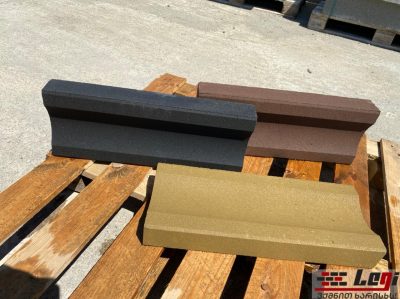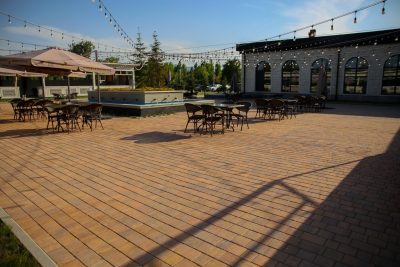In order to get to know in more detail each recommended stage, which should be taken into account during tile laying, we talked to Timur Kotov, an expert in tile laying, who has many years of experience and a qualified team of installers.
Timur, thank you for your time. We would like to provide users with complete information about the rules for laying tiles.
Please tell us what stages need to be followed when laying a tile?
Welcome, I will try to briefly outline all the necessary details that together create a beautiful and quality environment:
1.Ppreparation of the soil surface;
- Installation of curb stone;
- Preparation of the bottom layer with a large fraction of sand;
- Preparation of the upper layer with a fine fraction of sand;
- Vibro processing of the prepared soil – compaction.
- Laying paving tiles;
- Pouring sand on the surface of the laid tile to completely fill the joints of the tiles.
All the stages listed above must be taken into account by the laying specialist to get the perfect result.
Tile laying technology
Laying is done on sand. When carrying out preparatory work for laying tiles, we must take into account the purpose of the space. Three types of existence: pedestrian zone, vehicle zone (for vehicles weighing up to 7 tons), for the movement of large off-road vehicles.
Pedestrian zone
Tile: 4-6 cm;
Sifted river sand to fill ditches;
4 cm surface cemented sand;
Geotextile (rarely used);
Sand fraction 5-20, 5-10.
Motor zone
Tile: 6 cm;
river sand;
6 cm surface cemented sand;
Geotextile (rarely used);
Sand fraction 5-20, 10-15.
When preparing the sand layer, is the height determined by the load or is there a standard height for any load?
It must be determined according to the load. For example, for a pedestrian area: sand fraction 5-20, and the height of the sand layer should be 5-10 cm, for the vehicle area, the height of the sand layer should be 10-15 cm.
Preparation of the final layer for installation of sand is also done with sand or cement mortar. Proportion of (screened) sand to cement in the ratio M400 / M500. 1:7, 1:10. If the thickness of the installation layer is 3-5 cm high, then it is mandatory to vibrate the installation area. Alignment of the mounting layer is done through special so-called Mayak.
40 mm tile is used for paving the pedestrian area. A 60 mm tile is required for the movement of a light vehicle. 80 mm tile is recommended for heavy transport, and if we want to lay a tile on such industrial facilities where the system load is 50 tons and more. In this case, we should use a 10 mm thick plate that can withstand such a system load as in the terminals.
Here I would like to emphasize the necessity of pouring the sifted sand from above after laying the tile, this is a very important nuance, because for some time, sand gets into the places of adhesion of the tile, which gives additional strength to the laid tile.
It is forbidden to pour cement mixture or sand of large fraction from above, the aforementioned may damage the surface and color of the tile.
What should we consider when laying the tile, when we know that it will be necessary to cut the tile to get the planned design?
In this case, it is recommended to start laying from the visible part of the area to be built, and to place the tiles to be cut in a less visible place, for example, near the facade of the house.
Customers often ask us if we should lay the tiles first and then the curb stone or the other way around?
First, the curb is installed, and then the tile laying begins. Installation of the tile should start from the western side of the curb, the upper edge of the tile should coincide with the upper edge of the curb. We should do this so that the water goes to the green zone.
What should we know when installing a water channel?
In this case, it is important to take into account the inclination when laying the tile. The minimum slope is 1 cm per 1 meter but we recommend 1.5 cm per 1 meter. The slope from the house should be directed towards the green area or the drainage system.
What would you recommend to those people who have a tiled yard, how to take care of the tile?
In this case, the main recommendation is to fill the joints again with sand after the installation of the tiles (about a month or after rain), because the sand in the seams shrinks and falls. After winter, it is recommended to wash the tiles once a year with a kercher.
Thanks for the comprehensive answers and interesting conversation!
Thank you also for your interest!

